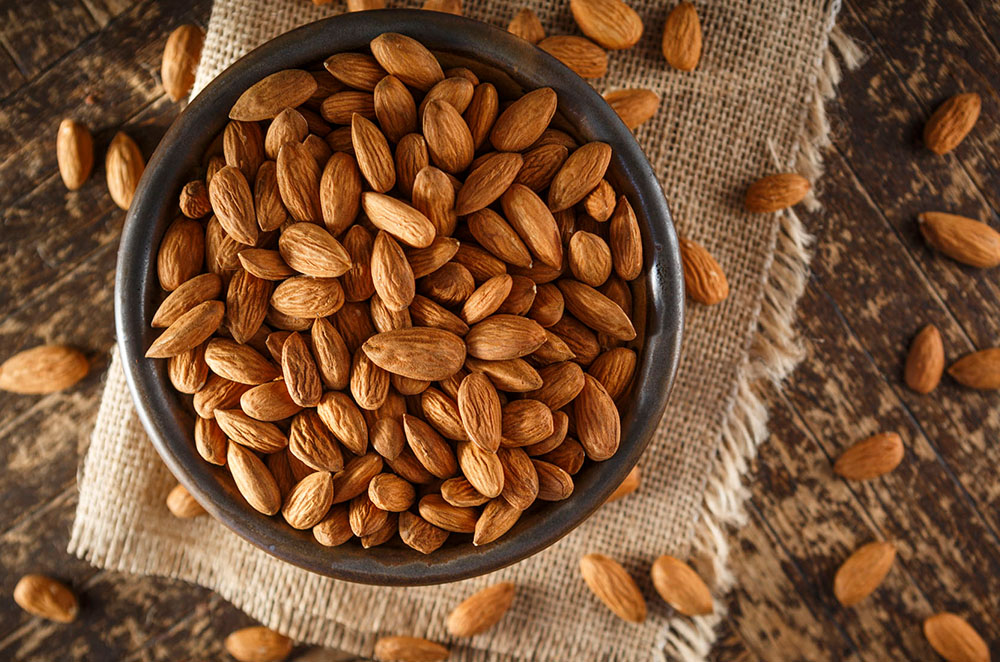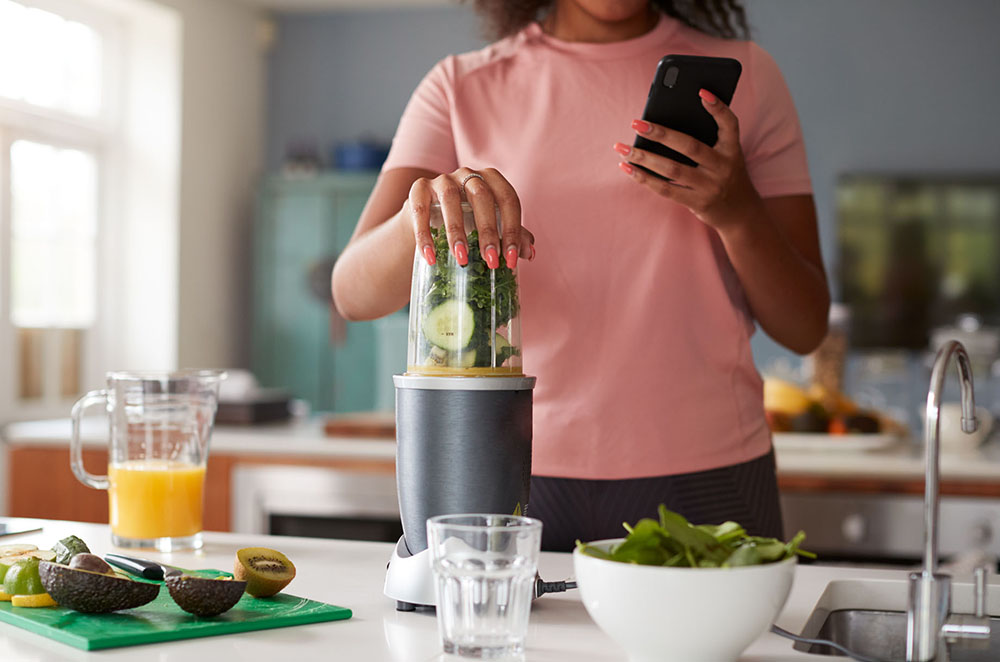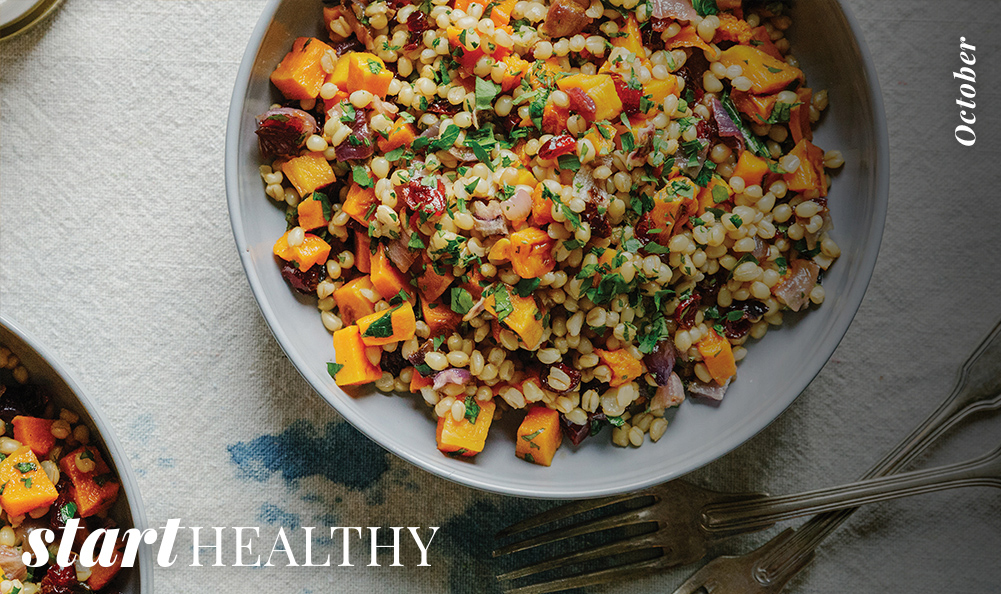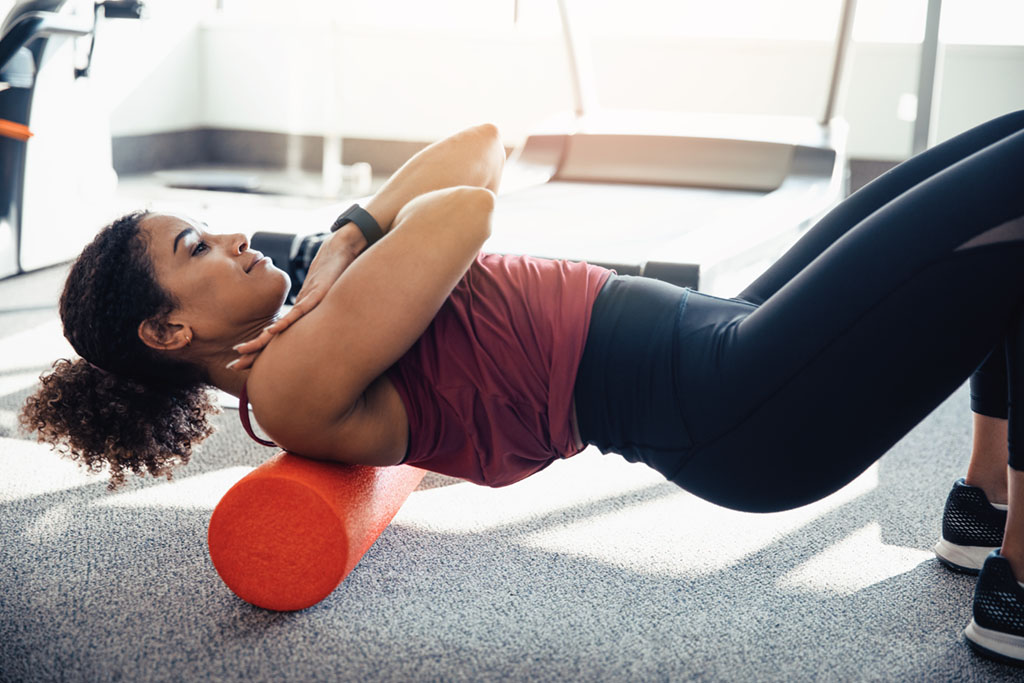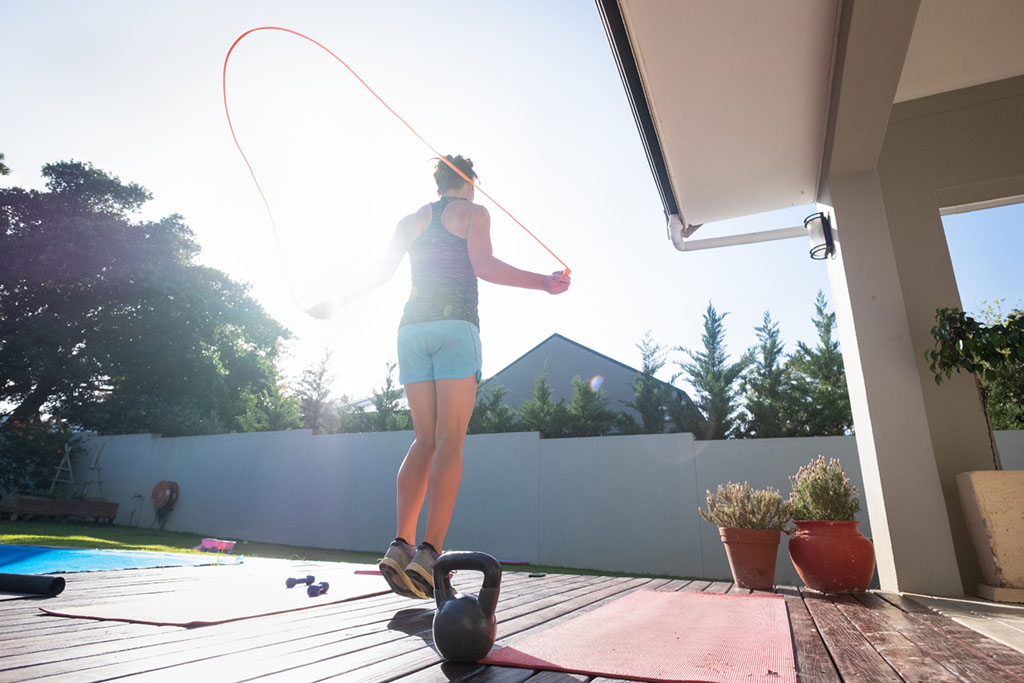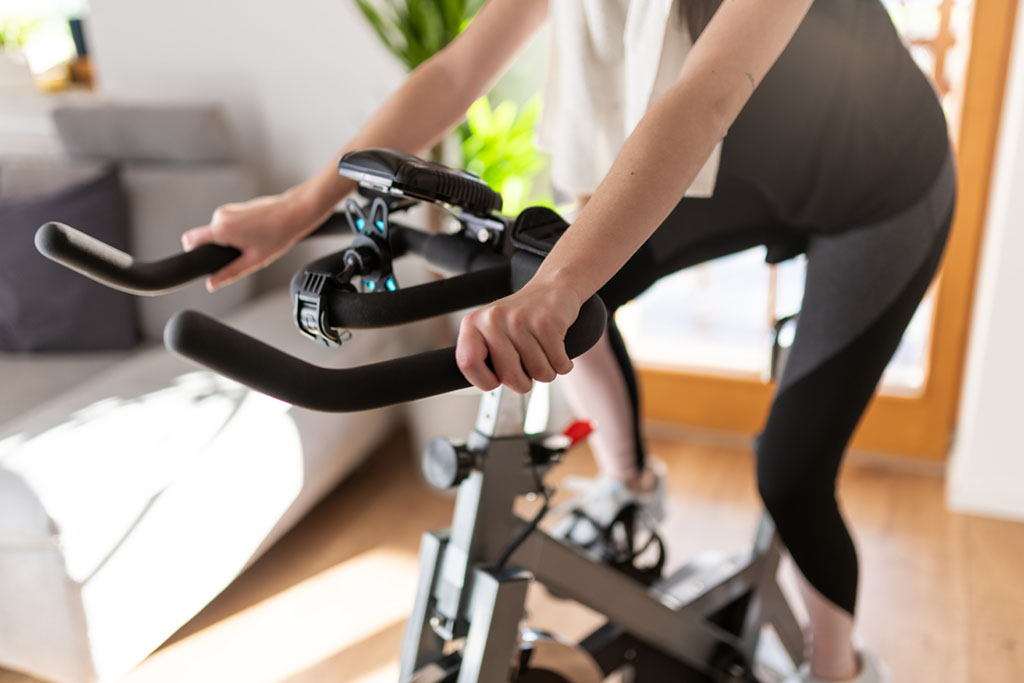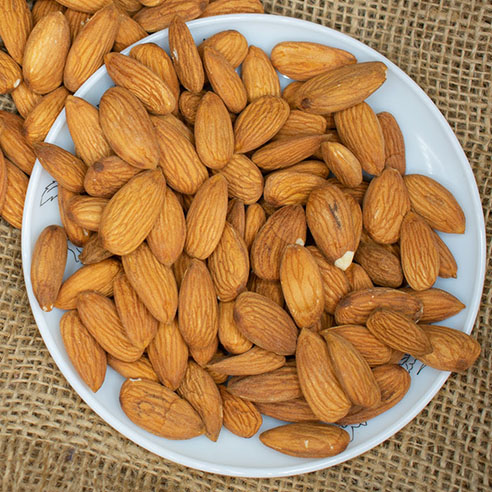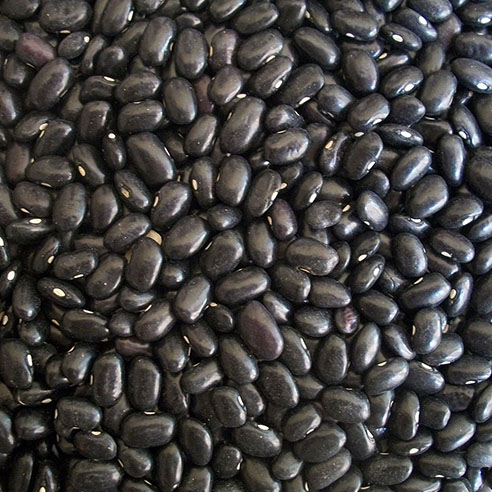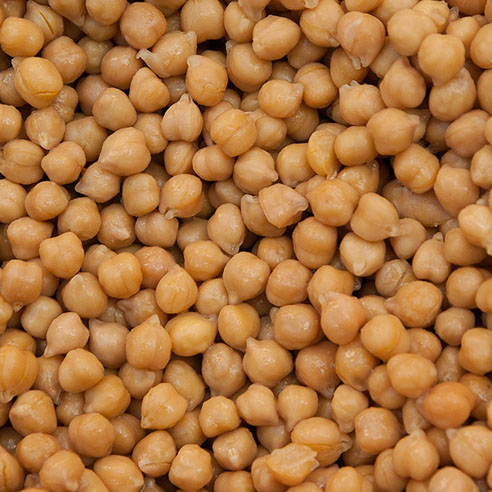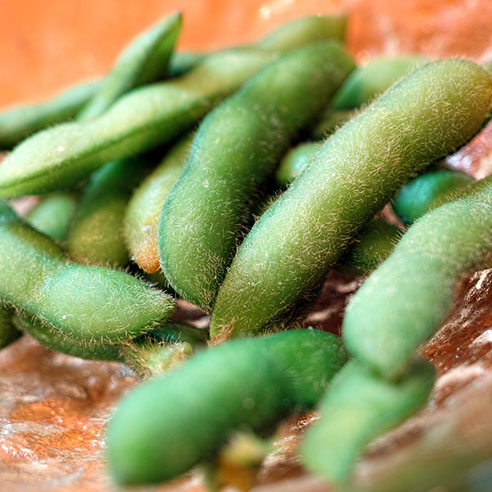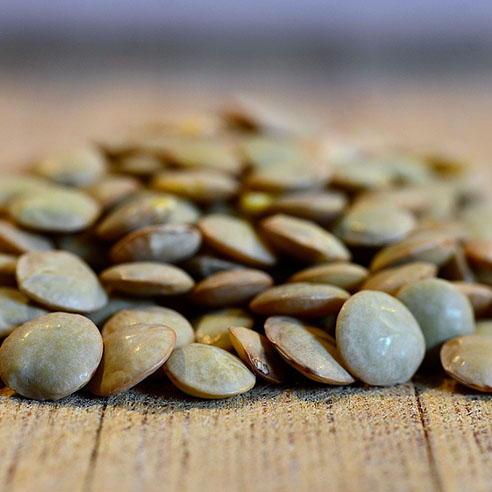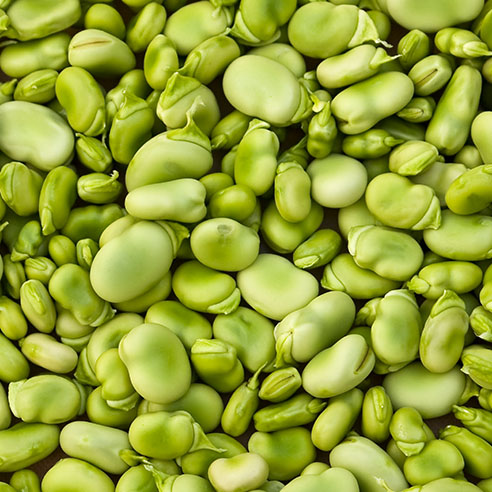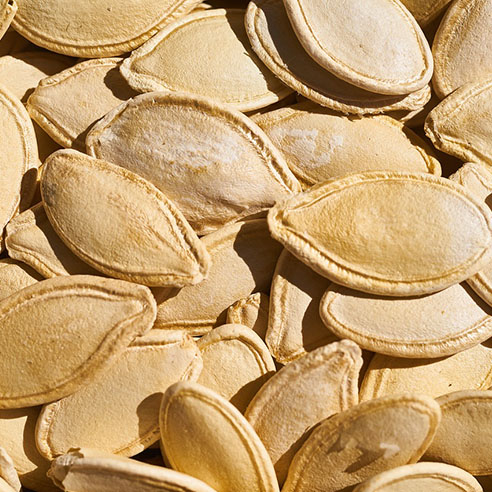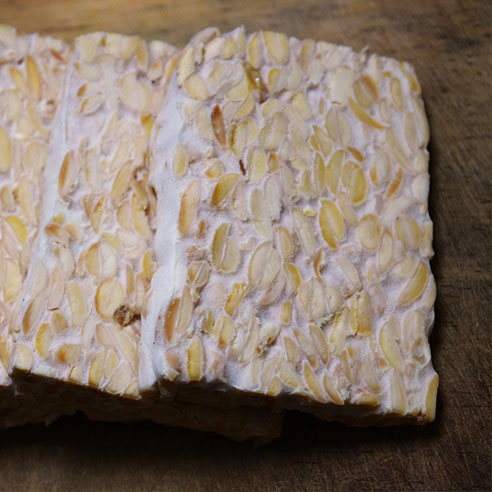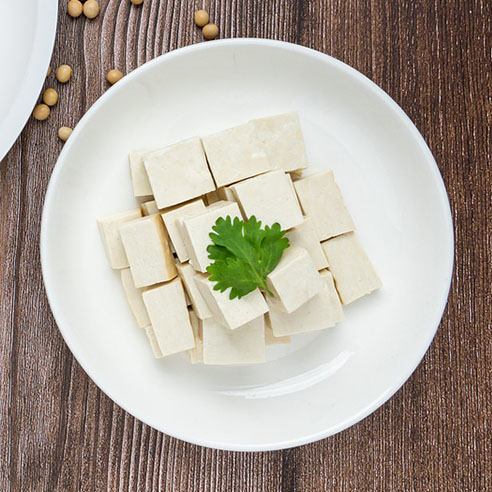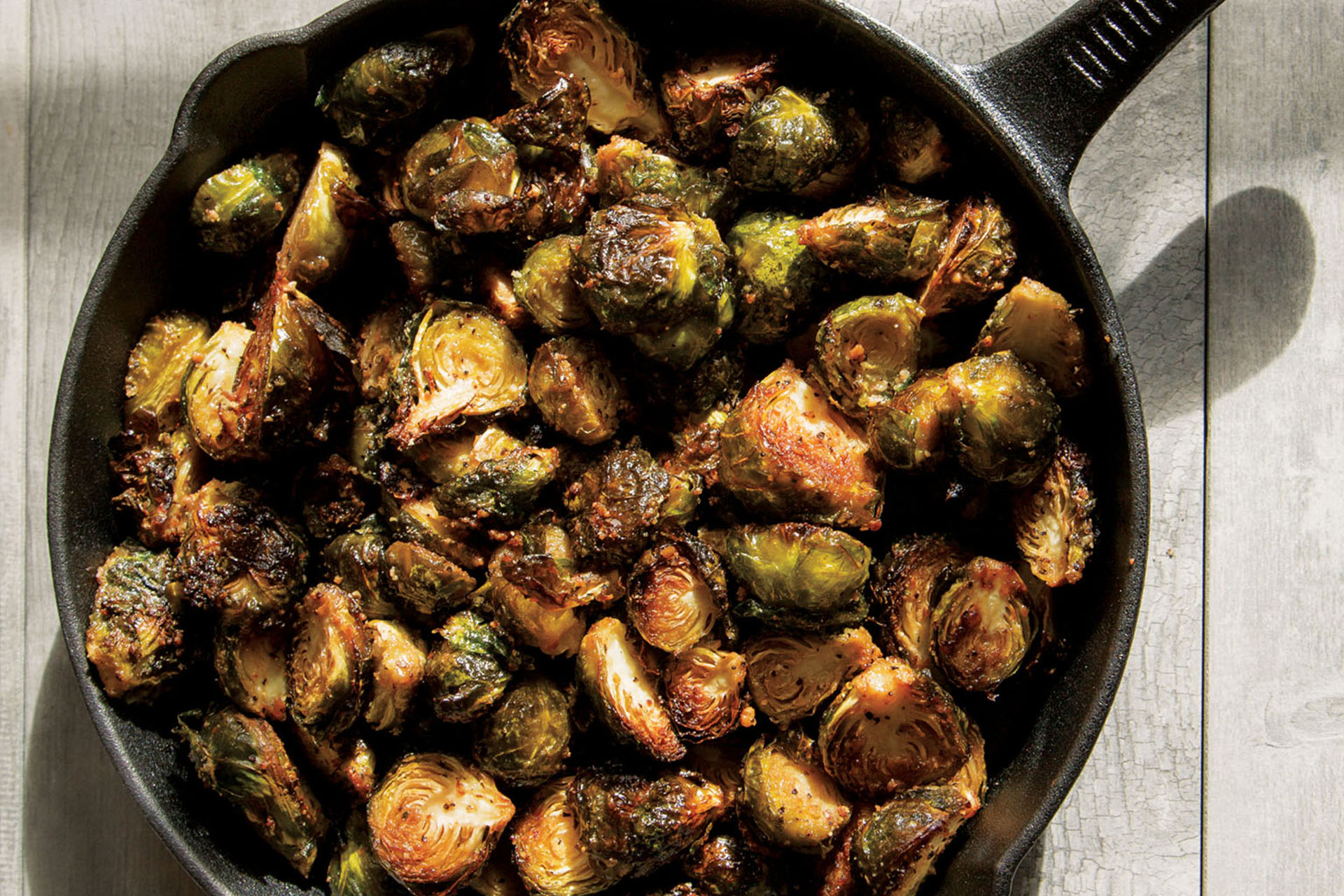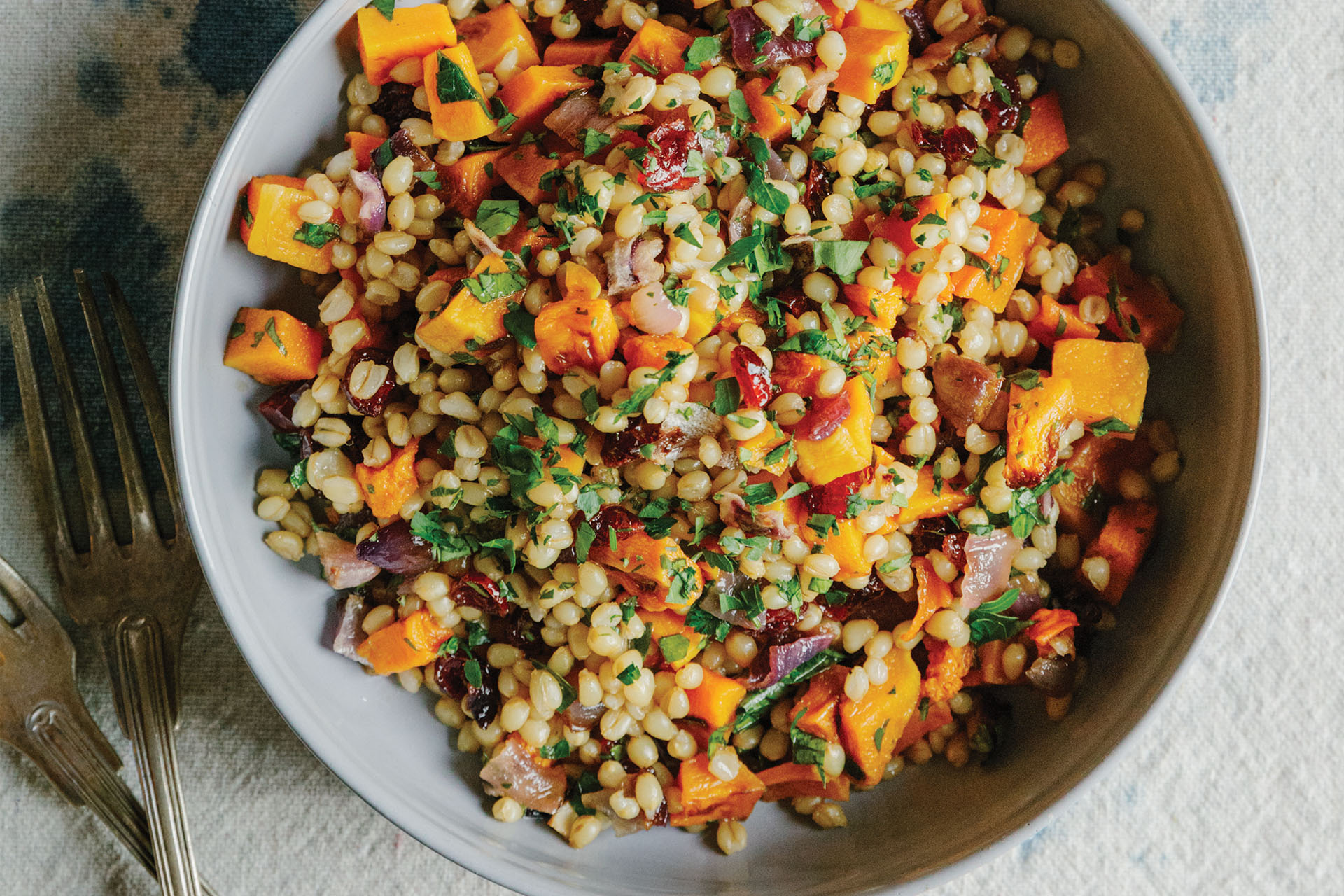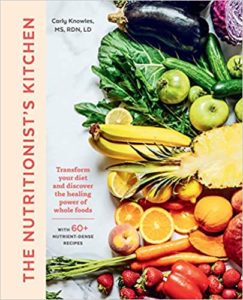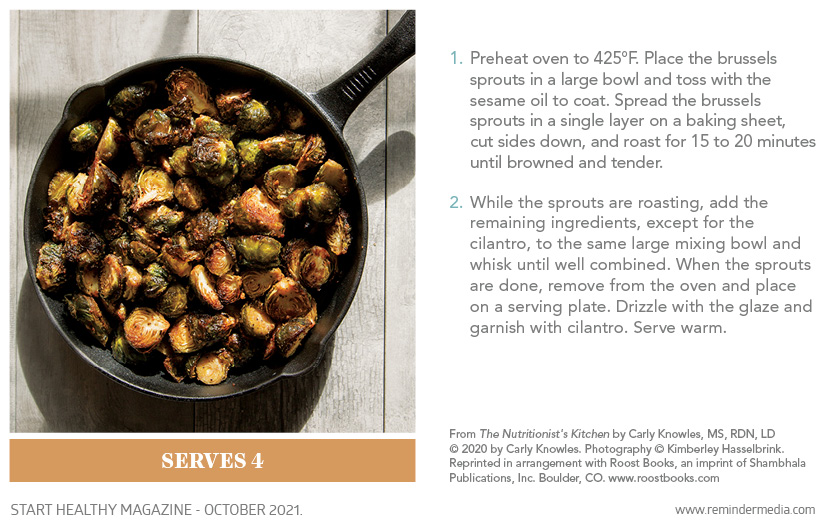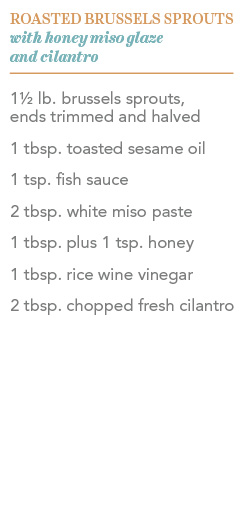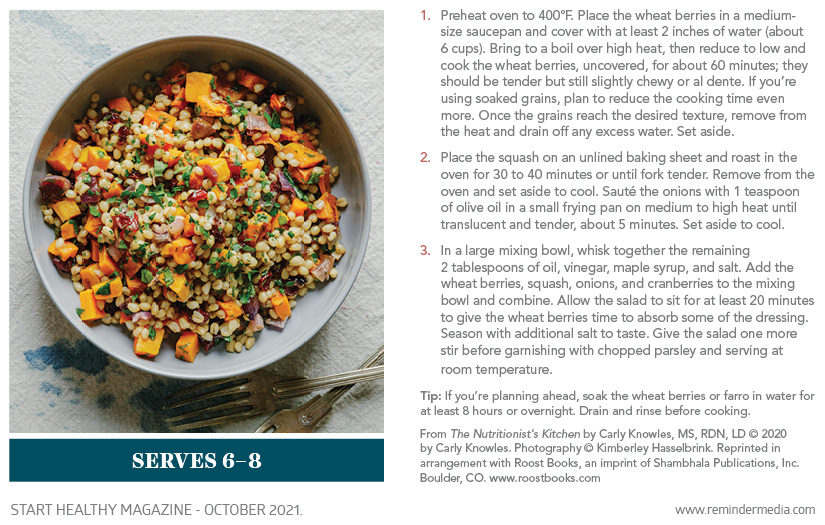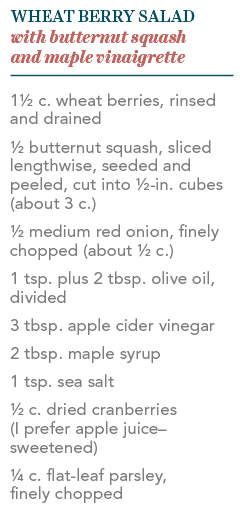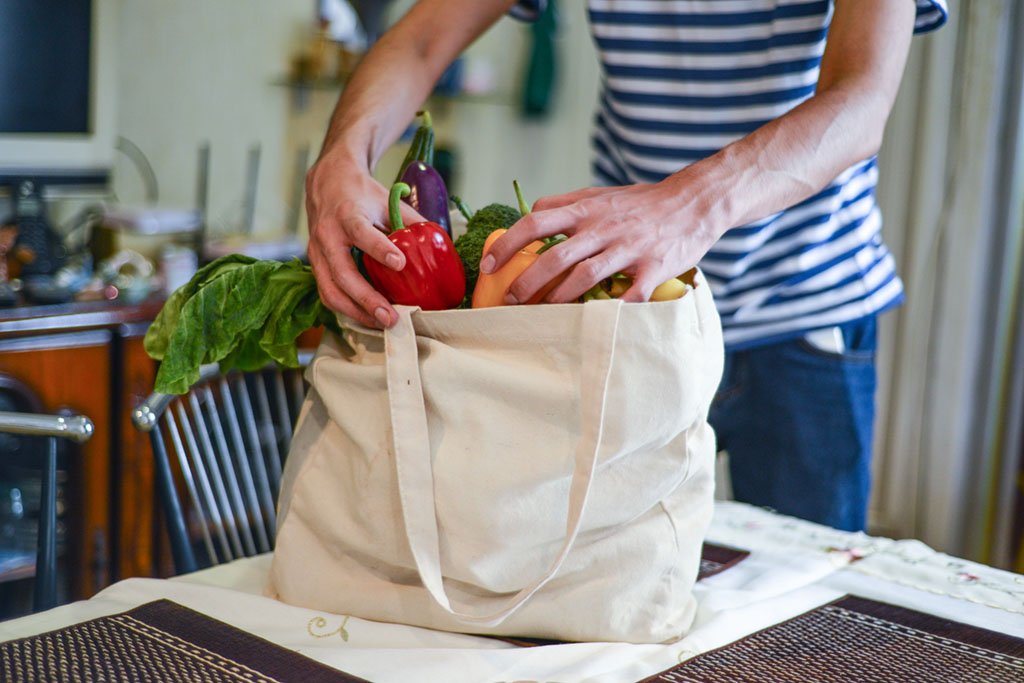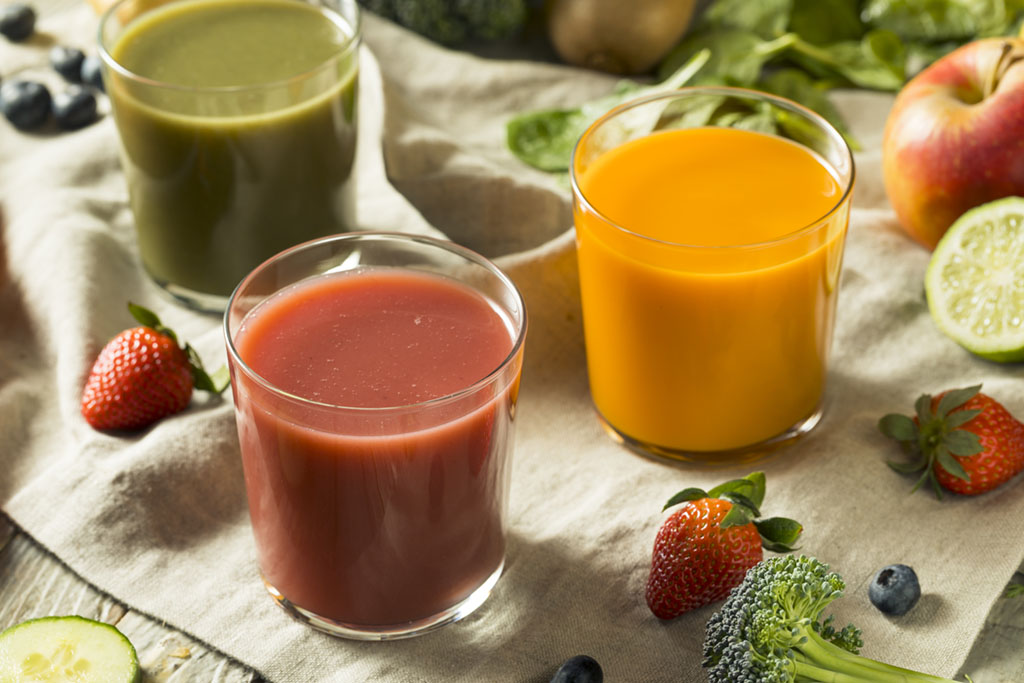Array
(
[0] => Array
(
[item_type] => phone
[content] => Array
(
[label] =>
[number] => 6307840432
[extension] =>
)
)
[1] => Array
(
[item_type] => social_media
[content] => Array
(
[label] =>
[value] => Instagram: @equichemfoodblends
)
)
[2] => Array
(
[item_type] => social_media
[content] => Array
(
[label] =>
[value] => Facebook: @equichem
)
)
[3] => Array
(
[item_type] => website
[content] => Array
(
[label] =>
[value] => www.equichem.com
)
)
)
?>
Making time for a workout in your day can have several positive effects on your mind and body. Not only will it improve your physical well-being, but studies have shown that working out also lowers anxiety, boosts self-esteem, and leads to improved sleep.
However, finding the motivation to pack up your duffel bag and head to the gym is sometimes difficult, especially when the weather is harsh. To make sure you get your workouts in, try some of the following fitness gadgets to get a gym-quality workout from the comfort of your home.
FITNESS TRACKER
A fitness tracker is a device you wear on your wrist that provides motivation and goal tracking, and it can track your calories, sleep, steps taken, and heart rate. There are a variety of fitness trackers to choose from, with Fitbit and Apple Watch being two of the most popular choices.
-
- Fitbit
Fitbit is a popular brand with many styles of fitness trackers, including the Charge 4, which features onboard GPS, so you can track your walks or jogs while leaving your phone at home. It also allows you to control Spotify playlists from your wrist to get you fired up for your workout.
-
- Apple Watch
Apple Watches have numerous features to help track your health. The latest models track your heart rate and calories burned during a workout. They are also water-resistant, allowing you to hit the pool for a workout. The Apple Watch’s GPS even provides detailed maps of your workout routes both on land and in water.
VIBRATING FOAM ROLLER
Don’t forget to include preworkout and postworkout routines using the appropriate tools. A foam roller is one such device you can use both before and after your workout to help relieve muscle soreness and improve mobility. While there are a variety of foam roller options to choose from, a vibrating foam roller, like the Lifepro Surger, provides significant muscle stimulation with various speeds and has a built-in timer to help you target different muscle groups. It is also rechargeable, so you won’t have to worry about replacing batteries.
SELF-CLEANING WATER BOTTLE
Staying hydrated is vital for any type of workout. However, washing your water bottle between uses may slip your mind. That’s why adding a self-cleaning water bottle like the CrazyCap 2.0 or the UVBrite Explorer to your workout gear is beneficial. These bottles use UV-C light to clean themselves and purify the water within, which can eliminate up to 99 percent of bacteria and contaminants from your water in sixty seconds. The bottles are made from ultralight stainless steel, making them convenient options when you’re on the go, and they can keep your drinks either cold or hot for over twelve hours.
SMART JUMP ROPE
Jump ropes are simple, effective preworkout tools that warm you up after a few minutes of use, not to mention jumping rope is a good way to burn calories. On average, performing ten minutes of this exercise can burn 100 calories. While your jump rope as a kid was pretty basic, modern options like the Tangram SmartRope keep track of your workout data, including jump count, calories burned, and workout time. Plus, it sends the data to a mobile app. The app helps you stay motivated by providing interval workouts and challenges you to unlock awards.
ADJUSTABLE DUMBBELLS
Strength training is a great way to tone your body and increase your strength. However, depending on the space in your home, it’s not always feasible to dedicate an area to all the weights you need. That’s what makes adjustable dumbbells an innovative and worthwhile investment. This kind of dumbbell features various mechanisms, such as dials, pins, and levers, that work together to adjust the weight. For example, the Flybird Adjustable Dumbbell comes in 25-pound weights, which can be adjusted in increments of 5 pounds, as well as 55-pound weights, which can be adjusted in increments of 11 pounds. To change the weight, all you have to do is place the dumbbell in the tray and move the dial to your desired weight, and the dumbbell locks everything into place.
STATIONARY BIKES
Sometimes it’s hard to muster up the motivation for a cardio workout, especially if you’re stuck inside on a treadmill or spin bike. However, upgrading to an exercise bike with video features can help you rediscover the motivation to burn calories and work up a sweat. Peloton is one of the bigger names in the industry, and its spin bike features various classes from instructors that you can access live or on-demand, or you can hop on and immerse yourself in a visual ride through locations from the Alps to Zion National Park. It’s important to note the video features require an additional monthly fee. If you’re looking for a more economical option, choose a spin bike with a tablet holder, such as the Pyhigh Indoor Cycling Bike. This machine allows you to get in a cycling workout and take classes on sites like YouTube without paying additional fees.
FITNESS MIRROR
Fitness mirrors are an increasingly popular option for people looking to improve the quality and variety of their home workouts. You can place this lightweight device, which comes in various sizes, on a wall in your home where it resembles a regular mirror when not in use. Once you activate the device, you can stream both live and on-demand classes into your home on the glass and track your progress. The MIRROR by Lululemon offers more than fifty types of workouts ranging from five minutes to an hour each. The Echelon Reflect offers classes from personal trainers in everything from strength training to meditation. Take note that most fitness mirrors require a monthly subscription to access their content.
Finding time to exercise can be challenging, but by adding some new gadgets to your home gym, you’ll be ready and motivated to work up a sweat.
Inexpensive High-Protein Meat Alternatives

